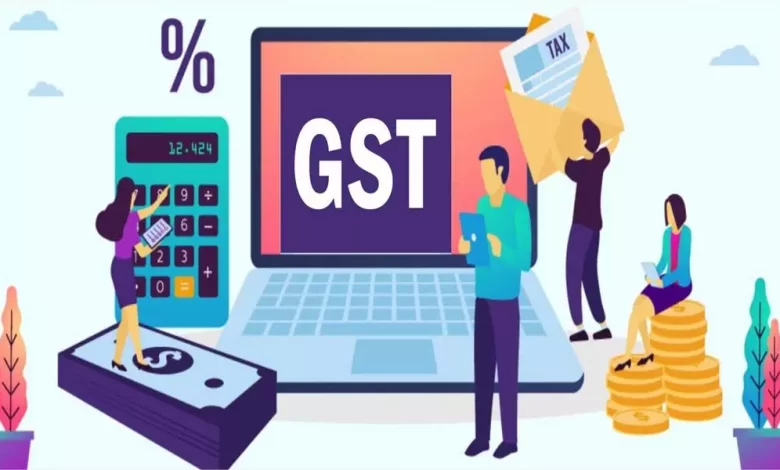Understanding GST Coding in Australia: A Professional Guide

In the ever-evolving landscape of taxation, understanding the nuances of Goods and Services Tax (GST) coding in Australia can be a useful asset for businesses and finance professionals alike. While not an absolute necessity, having a firm grasp of GST coding can enhance your business operations and ensure compliance with Australian tax regulations.
This article aims to provide clarity on this topic by exploring the essentials of GST coding in Australia, its significance, and some practical tips for efficient management.
What is GST Coding?
GST Coding refers to the categorization of transactions for the purpose of applying the correct GST treatment in accounting systems. In Australia, GST is a value-added tax of 10% applied to most goods and services sold or consumed. Accurate GST coding is crucial for businesses to correctly report their GST liabilities and claim credits.
Why is GST Coding Important?
1. Compliance:
Accurate GST coding ensures compliance with the Australian Taxation Office (ATO) regulations. Misclassification can lead to incorrect GST reporting, resulting in financial penalties.
2. Accuracy in Financial Reporting:
Proper GST coding enhances the accuracy of financial statements, offering a clear picture of your business’s financial health.
3. Efficiency:
Streamlined GST coding processes can save time and reduce the administrative burden on businesses.
Types of GST Codes
Understanding the different GST codes is vital for accurate classification. Here are some commonly used GST codes in Australia:
1. GST-free (GF):
This applies to goods and services exempted from GST, such as basic food items, medical services, and educational courses.
2. GST (G):
Used for goods and services that include GST in the price.
3. Input Taxed (IT):
Items such as financial services and residential rent do not include GST but also do not allow for GST credits.
4. Out of Scope (OS):
Transactions that do not fall within the GST system, such as wages and certain government fees.
How to Implement Effective GST Coding
1. Review Business Transactions:
Regularly review transactions to ensure correct GST coding. This prevents errors and ensures compliance.
2. Automate Where Possible:
Use accounting software with GST coding capabilities to automate the classification process. This reduces manual errors and enhances efficiency.
3. Training and Awareness:
Provide ongoing training for staff on GST coding practices and updates in tax legislation. Awareness is key to maintaining accurate records.
4. Consult Professionals:
Engage with tax professionals to review your GST coding practices regularly. Expert advice can help identify areas for improvement and ensure compliance.
Common Challenges and Solutions
While GST coding is beneficial, it does come with certain challenges. Businesses often encounter complexities with mixed supplies or multi-component transactions. Break down transactions into individual components and apply the appropriate GST code to each part. This ensures accurate reporting and compliance.
Another common challenge is keeping up with legislative changes, which can affect GST coding practices. Stay informed of changes by following updates from the ATO and consulting regularly with tax professionals.
Conclusion
While mastering GST coding in Australia might not be essential for everyone, its value to businesses and finance professionals cannot be overstated. By understanding the types of GST codes, implementing effective management strategies, and addressing challenges proactively, businesses can navigate the complexities of GST with confidence.




